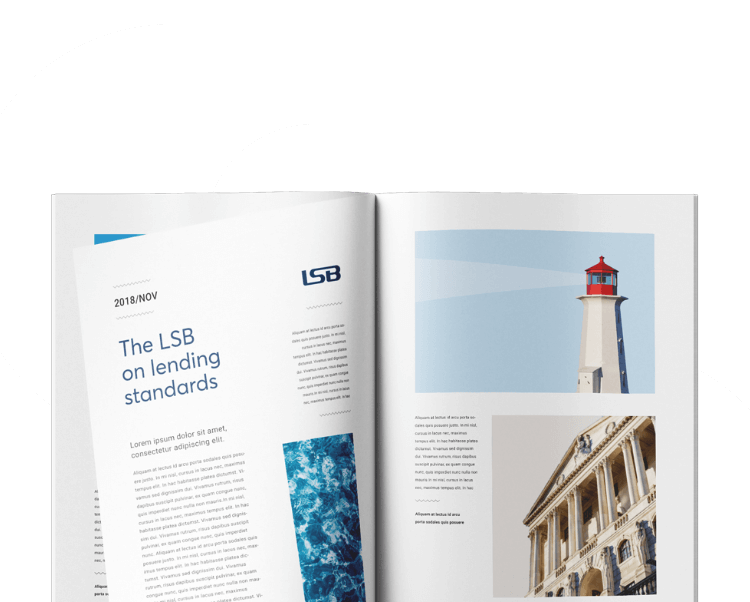Harry Hughes, Senior Insight Manager
An income and expenditure assessment changed my life. Well, to be specific, listening to someone else’s did. It was early in my financial services career and I was working for a consultancy firm. My colleagues and I were onsite at a debt collection agency and listening to telephone calls between customers and the firm’s debt advisers. Tasked with establishing whether the income and expenditure assessments had been calculated correctly, we listened to hundreds of calls over a period of weeks. And it was really tough going.
As those in the industry know, income and expenditure (I&E) assessments are completed to establish affordability. For those in financial difficulty, they are a vital part of the process to understand what the customer currently has coming in on a monthly basis, compared to what they have going out. This may seem obvious but, as I discovered whilst listening to these calls, many people do not know what they should be left with at the end of the month. Bills, regular payments, and other expenses seem to build up over time and, for some, become unmanageable.
Two things struck me whilst reviewing the I&E calls. Firstly, so many people were facing serious financial difficulties whilst working hard and trying to do the best for themselves and their families. Many had been affected by life challenges, whether it be a vulnerability, job loss, or bereavement, which had thrown them off track. In a majority of those calls, it seemed that the customers had been just about managing before one or two events contributed to the beginning of difficulties.
Secondly, I realised that many people went through day-to-day with only a vague sense of their own finances. At the time, I was one of them. Listening to the calls, I realised that if I were to go through an I&E, I would have been unaware (or at least only vaguely aware) of how much I was paying out each month. The fact I was lucky and had a job that covered those expenses was just that, luck. If anything happened to change that, I could well be in the same position as many of the callers. So, I put into practice what I had learned and put myself through an I&E.
Laying out all my income and expenses was a revelation. It made me realise what I was doing right (a little) and what I was doing wrong (a lot). Having the honest figures in front of me allowed better future planning and, importantly, made me feel more in control of my finances and immediate future. My experience of both listening to the calls and completing the I&E showed me their value. Well completed I&Es have the power to inform both the firm and customer about the present situation, and they help create plans or other forms of support that can ‘stick’ long into the future.
In my current role, I think of this when talking to firms about customer engagement. In relation to I&Es, explaining to customers the reasons for completing one is as important as gathering the required financial information. If customers think of the I&E as just a tick box exercise firms do before discussing repayment options, they are unlikely to fully engage with it. The same is true for staff completing the I&Es. Advisers who understand their value and true purpose – to inform the firm and customer and create affordable repayment options – will take their time, actively listen, and probe to get the truest picture of the customer’s circumstances.
There are many examples of where firms should ‘sell’ to customers the reasons and benefits of positively engaging with them. I&Es are one where the right solution can only be reached by the customer thinking through their responses and giving an accurate representation of their finances. Another is in relation to vulnerability and self-disclosure. Staff need to know why customers should be encouraged to tell the firm about any circumstances affecting their journey, so that the firm can make any adjustments needed. Staff should then explain these reasons to the customer, in order to get their active participation.
Not everyone will have the eye-opening experience of listening to so many customers in difficulty. Nor will they have to complete their own I&E before the importance of them really hits home. However, first line advisers should have training that delivers the same lessons: that the steps we take with customers have a benefit to them, and these benefits need to be explained to and understood by the customer in order to get their buy-in to the process. Only by doing this can firms reach the right solution for the customer and, ultimately, deliver the best outcome for them.
Download a copy of this blog here.






